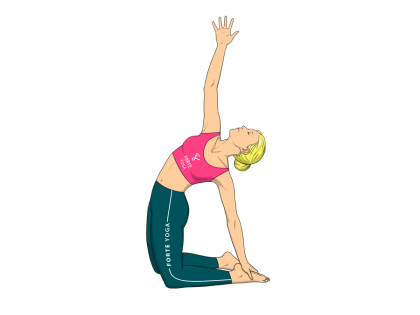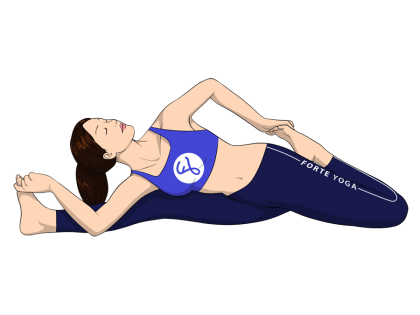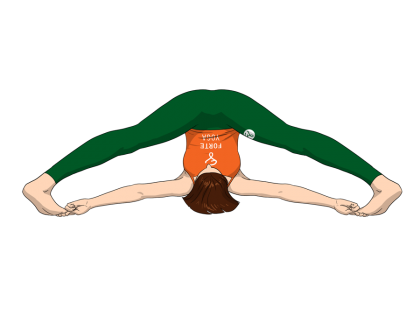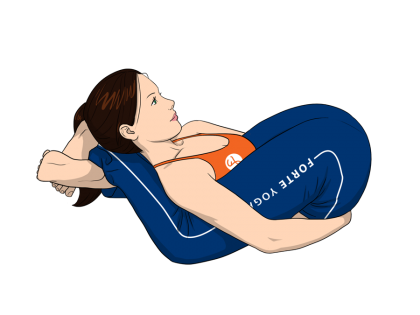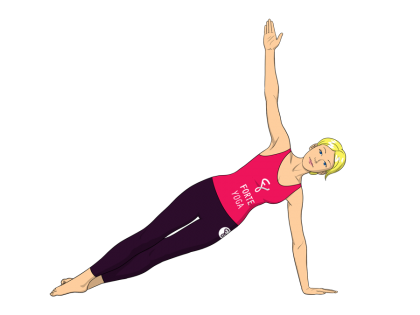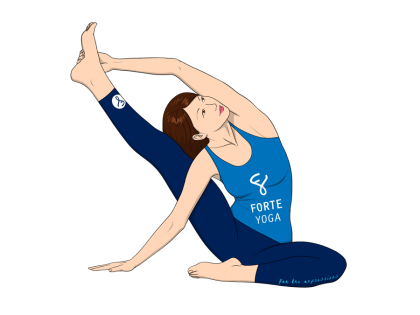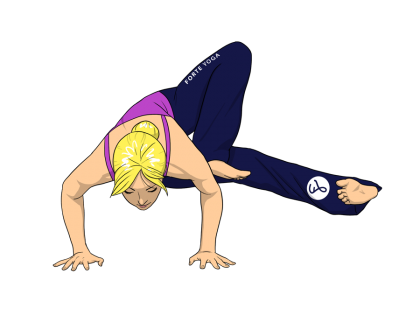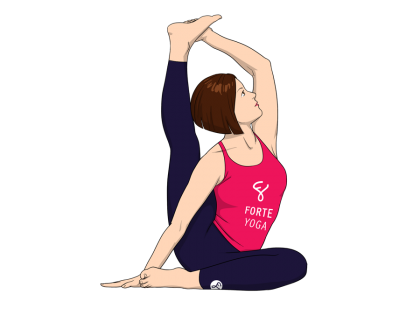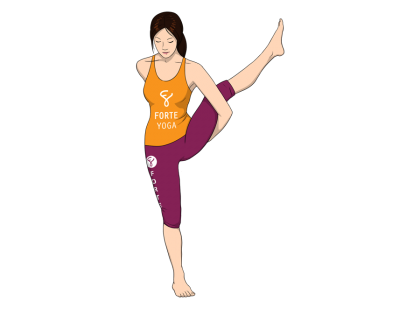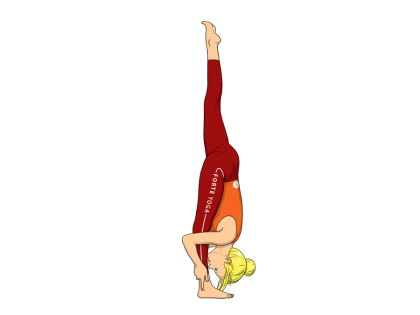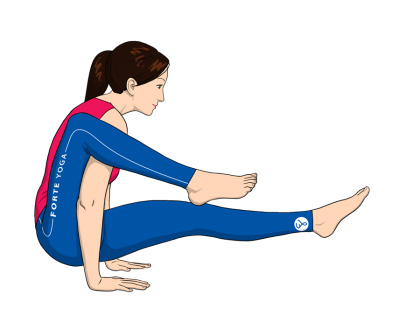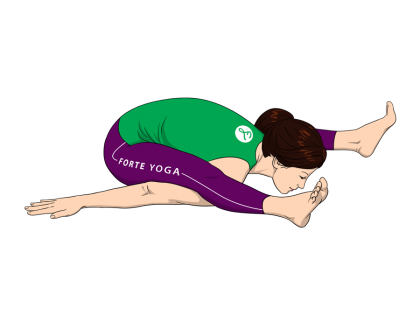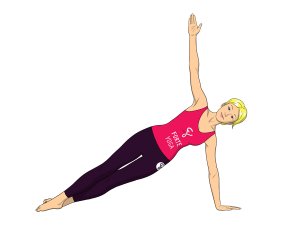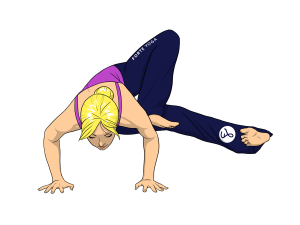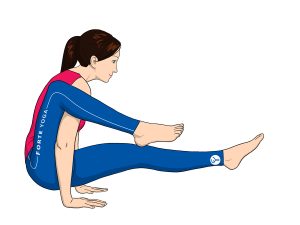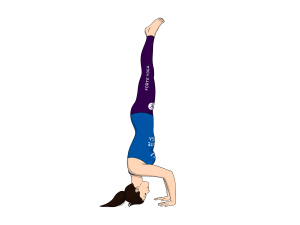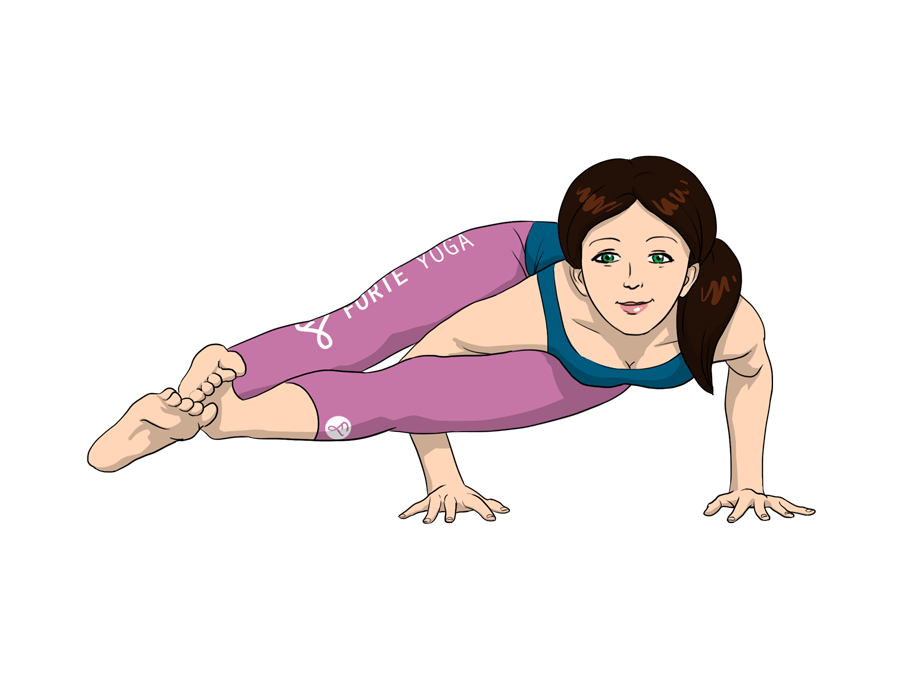
overview
Eight Angle Yoga Pose is an arm balance pose that targets the biceps and triceps and is ideal for yogis and yoginis at an advanced level.
 muladhara – the root chakra
muladhara – the root chakra svadisthana – the sacral chakra
svadisthana – the sacral chakrarelated poses
[yoga-sharrre]
How To Do Eight Angle Yoga Pose
- Begin by entering the Mountain Pose (Tadasana), feet roughly hip-width apart. Bend forward at the hips as you exhale, keeping your legs straight with feet firmly planted on the floor. Continue to bend forward until you can place your palms on the floor on the outsides of your feet.
- Bend your knees slightly, then lift your right hand off of the ground and bring it between your legs. Pull your arm around the back of the right leg and place your hand back on the floor on the outside of your right foot. Work into this position, adjusting your arm so that it comes across the inside of your knee. Your right shoulder and knee should be at about the same height.
- Using your knee as shoulder support, begin to slide your left foot toward the right. Bring your left ankle forward, crossing it in front of the right ankle, and lean to the left to lift your feet off the floor. Keep your arms and hands strong so that your weight is safely carried.
- Exhale and bend at the elbows, leaning your torso forward. Feel the gravity pulling until your torso becomes parallel to the floor. As you do this, extend your legs out to the right, keeping your ankles hooked together. Your legs should also be parallel to the floor, but at about a 45 degree angle with your torso. Keep pressure on your right arm with both legs, allowing yourself to twist your torso slightly left if necessary.
- Hold this pose for 30-60 seconds, keeping your elbows tucked at the sides. To come out, straighten your arms and lift your torso to an upright position. Uncross your ankles, lowering them to the floor. Rest for a few breaths in the Mountain Pose, then repeat with the other leg.
Notes
- Breathe deeply through each step.
- This pose is very advanced and can be very dangerous if performed incorrectly. Do not attempt this pose unless you have a yoga trainer present.
- Do not attempt if you have a wrist, shoulder, elbow or arm injury.
Tips
If you are unable to balance yourself in this pose or if you would like to perform it at home more safely, try resting the bottom hip on a block or bolster.
Use your hooked ankles as support instead of just foot placement, making sure the front of the back ankle is pushing into the back of the front ankle.
Use your hooked ankles as support instead of just foot placement, making sure the front of the back ankle is pushing into the back of the front ankle.
Stretches & Strengthens
All Muscles: Biceps, triceps, abs
Target Muscles: Biceps, triceps, abs
Health Benefits of Eight Angle Yoga Pose
- Strengthens the wrists.
- Improves balance and focus.

